For most of us, weeds are a fact of life but weeds can be a bigger problem than just those dandelions we fight in our lawns every year. Since most of the lots in the Metro District connect to unimproved native areas or open space, many of you have probably noticed some of the other “weed invaders” that keep our yards and open spaces from being as healthy and looking as good as these areas should. Many of these plants are considered “noxious” and have been brought into our area from other areas. Some weeds are especially bad and present a threat to both our yards and lawns as well as threaten native pastures and grasslands. Some can even threaten entire ecosystems and grazing livestock.
A few varieties of weeds have become such a threat that the State and local governments have developed a specific three-tiered list of “noxious weed” species that property owners need to be aware of. In some cases, property and homeowners are required by law to manage these invasive plant species on their property.
There are several noxious weeds in Colorado. Among the worst are:
• Leafy Spurge,
• Spotted, Russian and Diffuse Knapweed,
• Canada and Musk Thistle,
• Dalmatian and Yellow Toadflax,
• Field bindweed and
• Purple Loosestrife.
A discussion about Colorado’s noxious weeds can be found at http://www.douglas.co.us/weedmanagement
Additional letter from Douglas County regarding weed control (Added 6-30-15)
Noxious weeds usually show up in the spring and persist throughout the growing season. As one example, in our area those yellow-topped plants you’ve seen popping up could be “leafy spurge” (www.ext.colostate.edu/pubs/natres/03107.html). Leafy spurge is a highly invasive non-native plant common throughout the County and particularly problematic in the Pinery and Timbers area. The plant has been spreading rapidly throughout Douglas County and once established, control measures can be difficult and expensive. Leafy Spurge is a noxious weed and is listed by both the State and Douglas County as requiring control measures be taken by property owners.
Several other nasty weed varieties are also common in the area. Homeowners are responsible (by state statute and local covenants) for noxious weed control on their property. Our property Manager also has contact information of contractors who can help. You can also contact the Douglas County Extension Office or Douglas County Open Space for information and assistance in controlling these nasty invaders.
Weed control recommendations may vary by species. No one method of control works for all weed varieties. The best method of control often requires a combination of measures including mechanical, (i.e mowing, hoeing or pulling), selective, competitive plantings and herbicide treatments. For other plants, mowing and pulling is actually discouraged and effective control can only be had with chemical (herbicide) treatments. (See the references above for the best practices for a given noxious weed species).
The following contractors are known to do tree trimming and tree spraying in the area. The District does not endorse theses contractors. The contact information is merely provided as a convenience to homeowners:
F4 Enterprises, Inc.
Noxious Weed Management
Ladd Fischer
5001 Ox Trail
Parker, CO 80134
303-472-3106
Click to Email
Weed Wranglers
6333 S. Sante Fe Drive
Littleton, CO 80120
303-798-4090

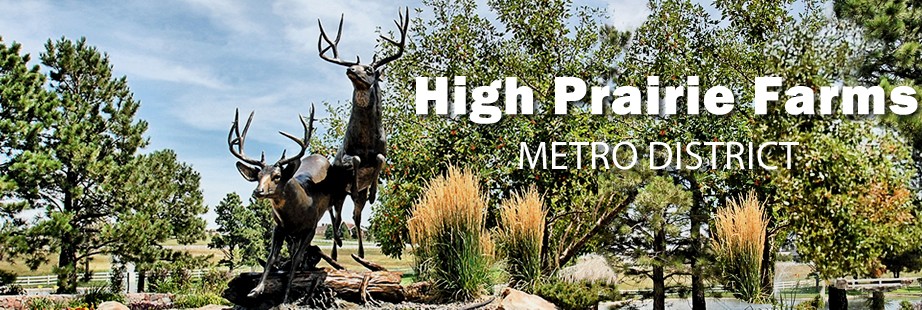
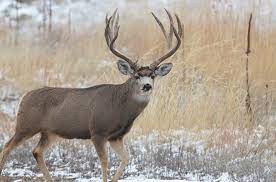
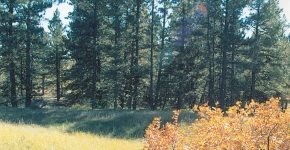
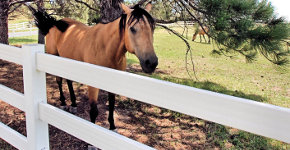
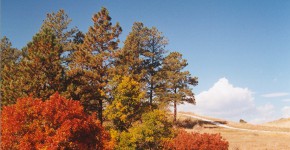
Comments are closed